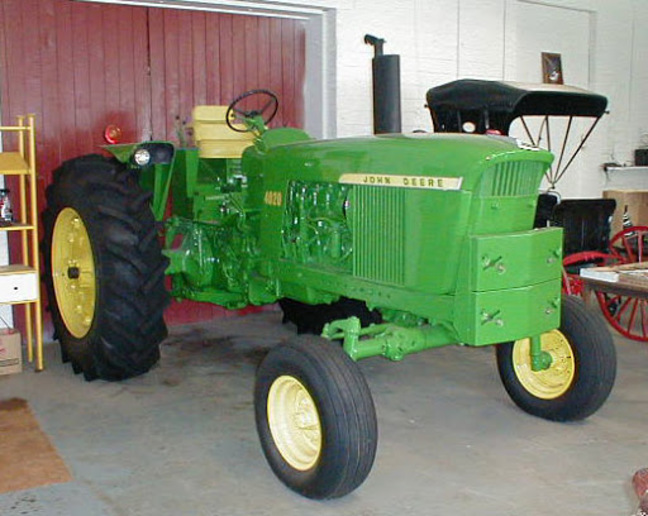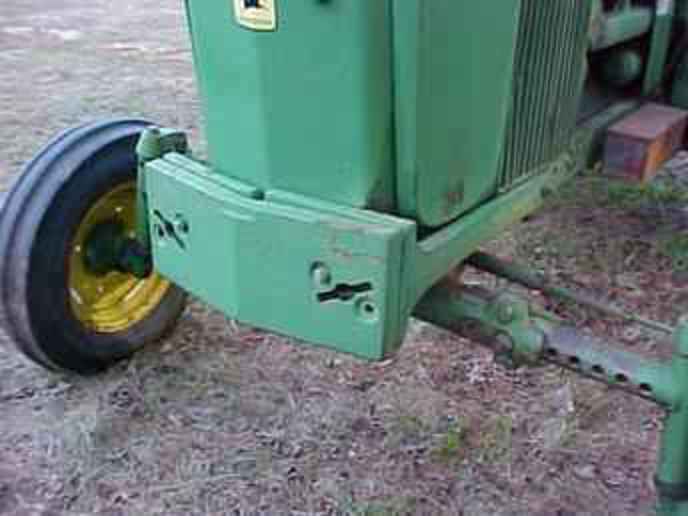blue_tractor_man
Member
OK, here I go with another query. I was looking at the Nebraska Tractor Tests for the 8N (443) and the NAA (494). I was looking for differences in fuel economy and HP per pound of fuel, and HP per cubic inch between a flathead engine and the OHV. It seems that they are comperable.
But, I noticed that the NAA never got below 157 degrees, but the 8N was running at 130 degrees for part of the test. The air temperature was 74-75 for both tests.
Question one: how did the 8N get that cold? Would the thermostat not have held the temperature?
Question two: Is there an ideal temperature for an engine to get maximum power or fuel economy?
I read somewhere that Ford Motor Company raised engine temperatures to increase engine life, but they did not nention power or fuel economy.
But, I noticed that the NAA never got below 157 degrees, but the 8N was running at 130 degrees for part of the test. The air temperature was 74-75 for both tests.
Question one: how did the 8N get that cold? Would the thermostat not have held the temperature?
Question two: Is there an ideal temperature for an engine to get maximum power or fuel economy?
I read somewhere that Ford Motor Company raised engine temperatures to increase engine life, but they did not nention power or fuel economy.



